Complete Manual on Recreating Cultural Artifacts
by 2427 in Workshop > 3D Printing
194 Views, 1 Favorites, 0 Comments
Complete Manual on Recreating Cultural Artifacts
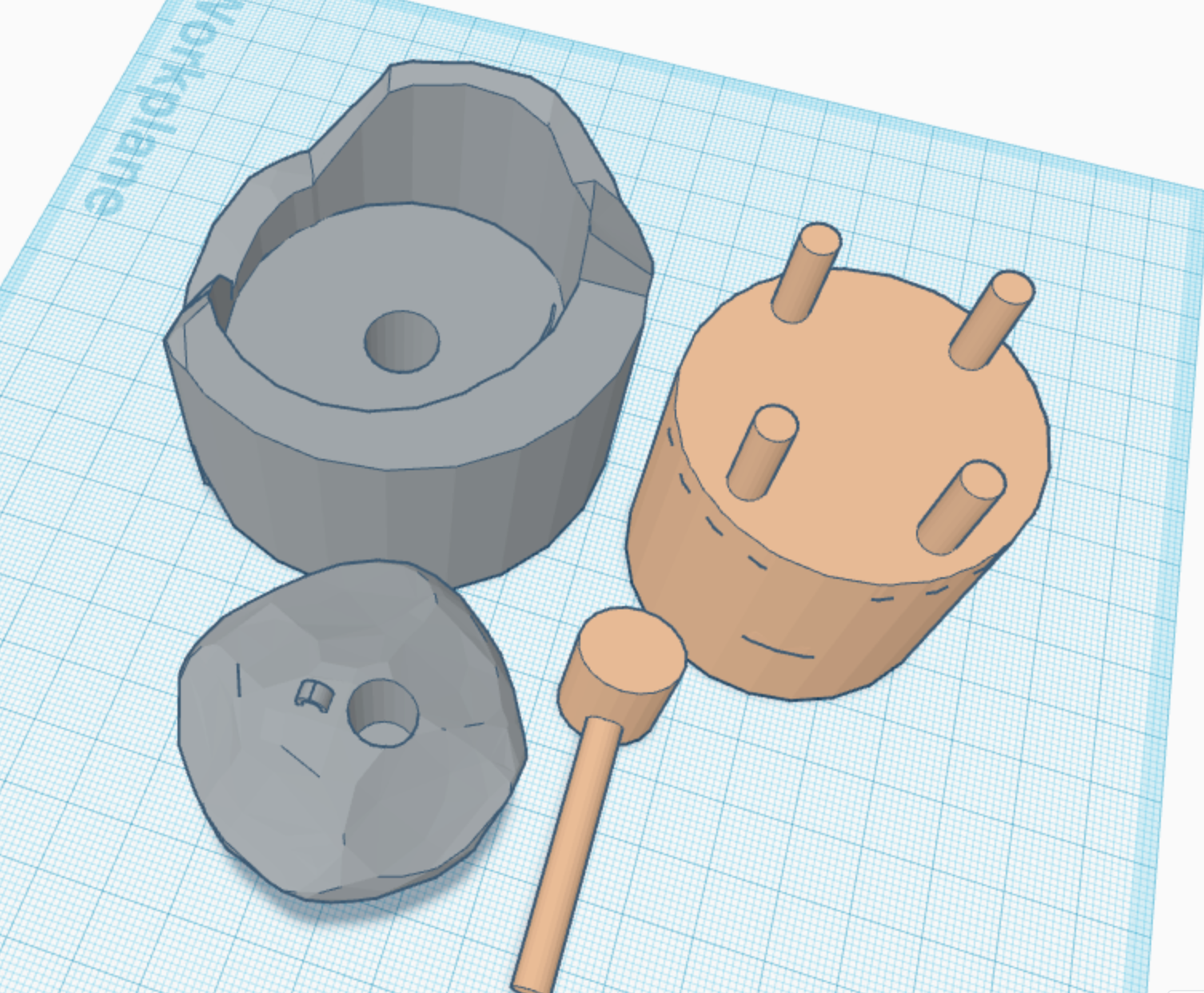
For this part of the process, you can conduct some research about the artifact that you want to replicate to get the whole idea of the history and facts behind it.
These are some things that you can research about the artifact:
- When was the artifact made?
- The usage of the artifact.
- Where is the artifact right now? Does it still exist?
- Who used it?
Supplies
Think and list out supplies you need. Here are some examples:
Computers / Access to tinkerCAD or any designing software. (In this manual, we will be using tinkerCAD), 3D-Printer (with filaments), post-printing supplies such as sandpaper, cutter, curvature tools, etc.
Research
For this part of the process, you can conduct some research about the artifact that you want to replicate to get an idea of the artifact.
These are some things that you can research about any artifact:
- When was the artifact made?
- The usage of the artifact.
- Where is the artifact right now? Does it still exist?
- Who used it?
Existing Product Analysis
Now that you have the basic knowledge of the artifact, you can research existing 3d-designs of the artifact.
For example, I was researching Usu and Kine 3d-designs and I found several images that were interesting and useful.
In addition to this, if you want to explore further other existing 3d-designs, you can use the SWOT format to see the pros and cons of these artifacts.
Strength - What is good about this design?
Weaknesses - What can be the weak point of this design?
Opportunities - What can you do to make this design better?
Threats - Any possibilities of any dangers (this includes any type of dangers like physical, mental, etc.)
Design Specifications
For this step, we need to write design specifications. Design specifications are basically problems and solutions noting out the problems you have and solutions to that and needs to include how your design will be successful. You need to be careful on this part of the project as this document will later be used to actually create the design.
For example, my design needed some textures to be applied to the artifact, so I included saying:
My design needs rock-type texture as the original artifact has rock texture applied to it
Sketching Out Your Idea
Sketch out your ideas and make them as neat as possible as you will use this sketch when designing your solution.
Make sure to include
Check Your Design
Check your design according to the design specifications. For example, if I wrote "It needs rock-type texture" on the design specifications, it means that I must have a rock-type texture applied to the design.
Make a Final Draft of Your Sketch
Using the old sketches you've made. Create a neat sketch of your design
Create a Project on TinkerCAD
Go to https://tinkercad.com and sign in / create an account. After being signed in, create a new project and start by placing some objects.
Creating the Base of Usu
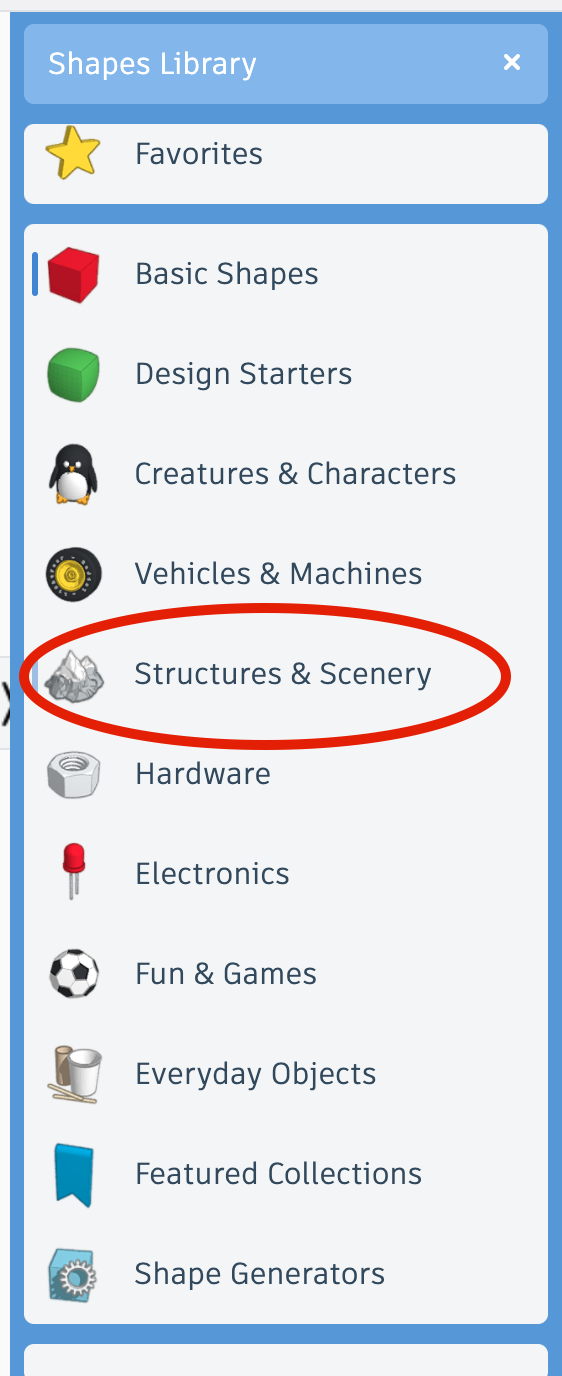
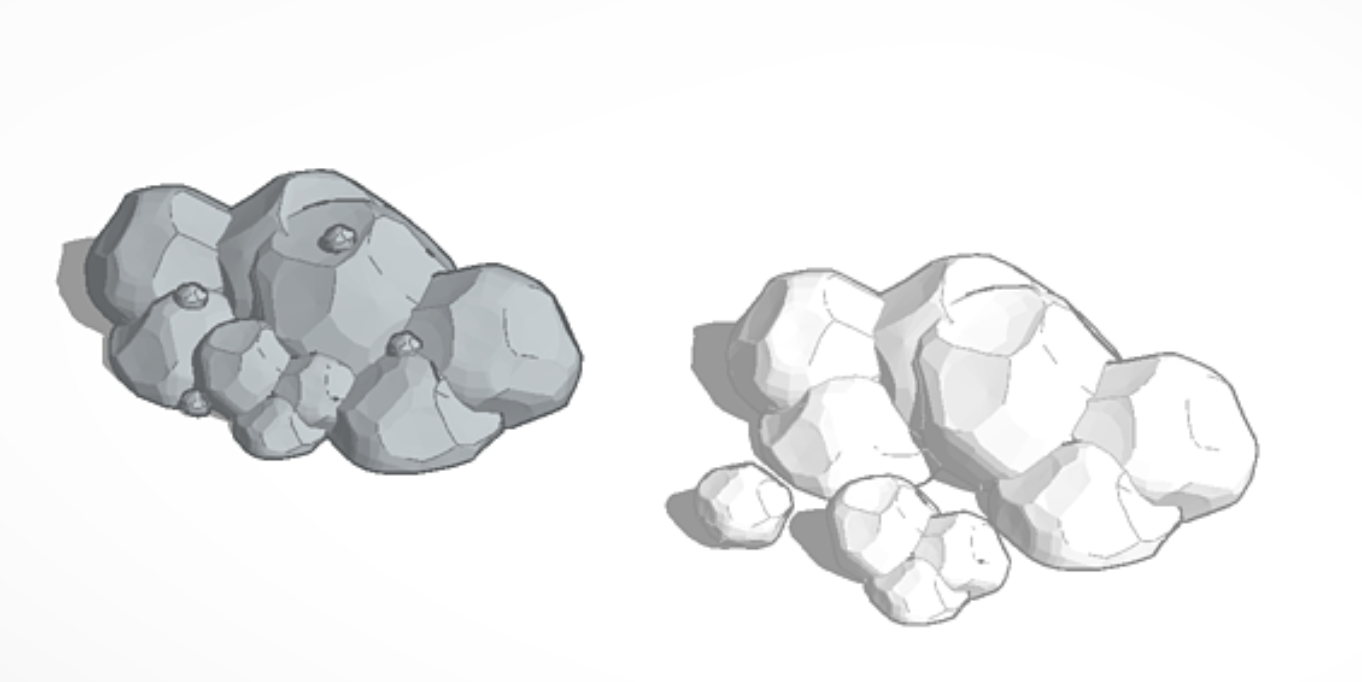
As I start creating my design, I usually make sure to follow design specifications to make sure you are on a right track. I had "it must have rock-type texture on the base of usu" I searched for rock-type texture on the TinkerCAD website and I actually found a rock that I can use.
Cut the Design So It Fits.
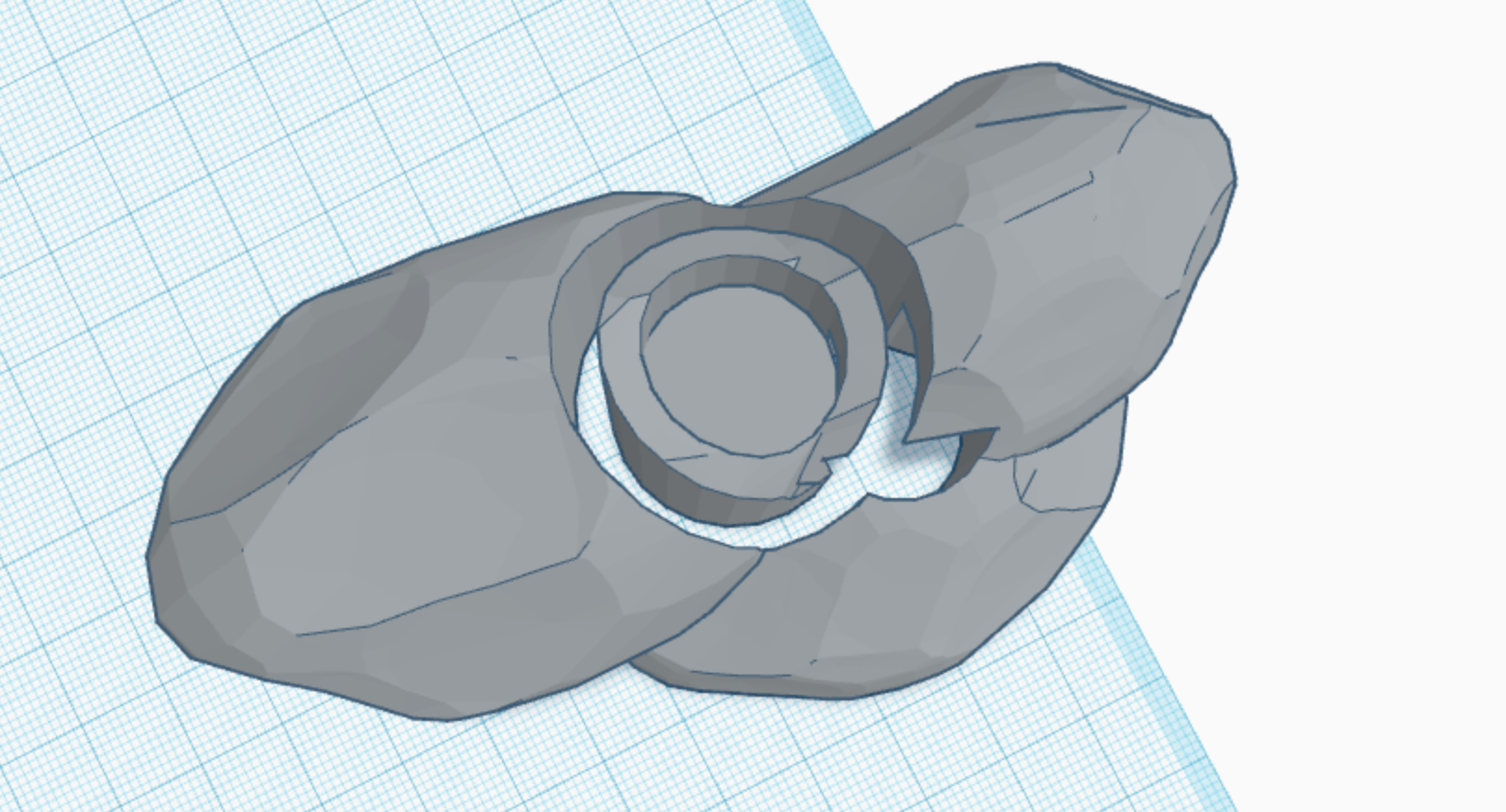
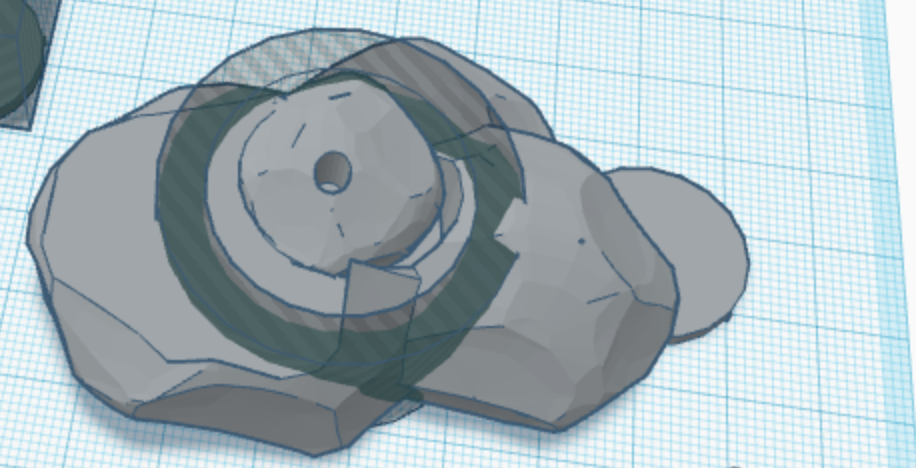
Cut the rock into the Usu type of structure. keep cutting until it makes a structure like this. Also, make a hole inside the object and put a rock that fits in there. You can also make a hole on the top part of the Usu to make a grinder part.
Tip: You can use group tools to cut the object. Use a transparent object and place it where you want to cut it. Select both of the object (transparent and actual) and group it which makes the transparent part remove the design.
Cleaning the Design
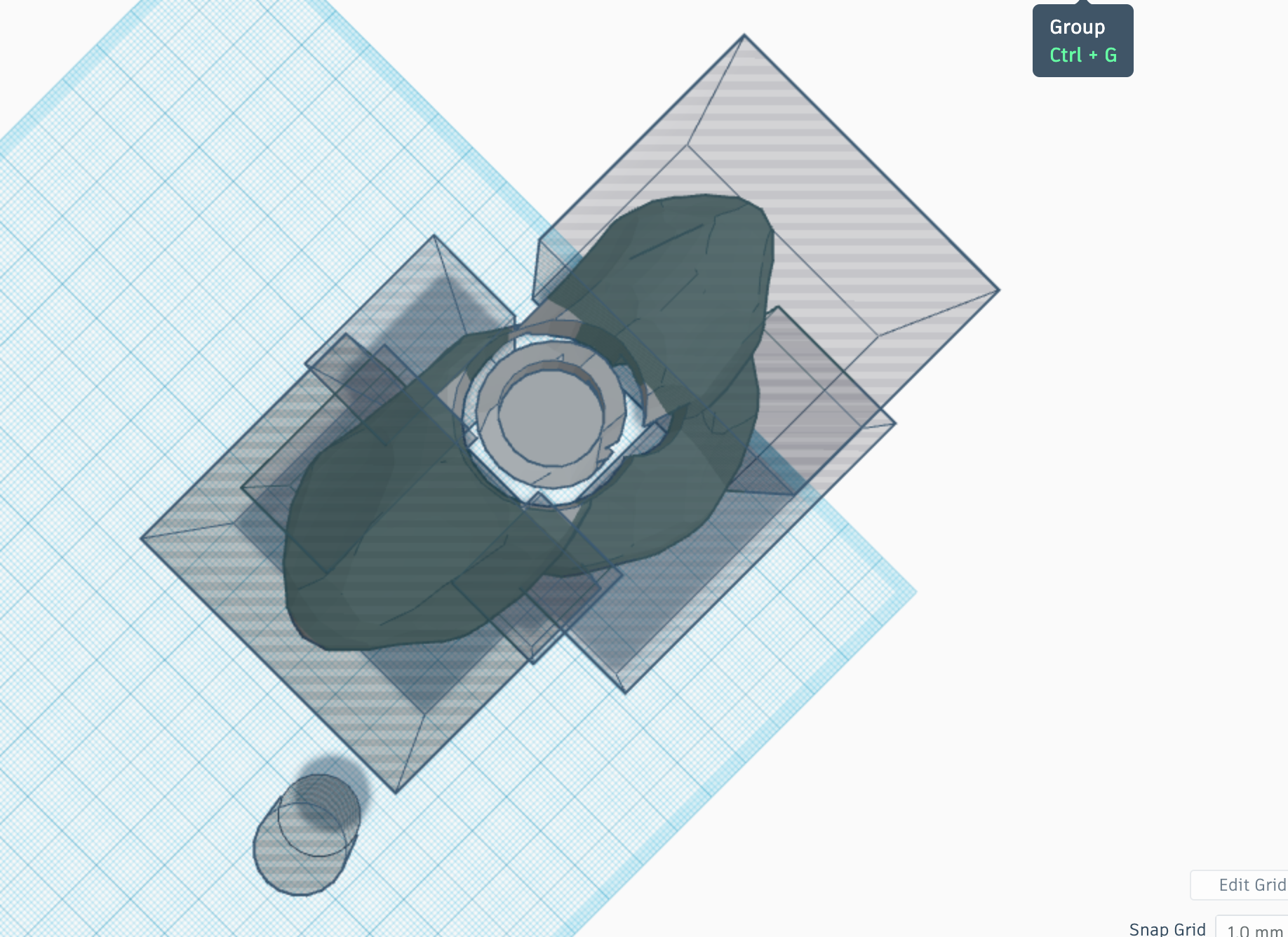
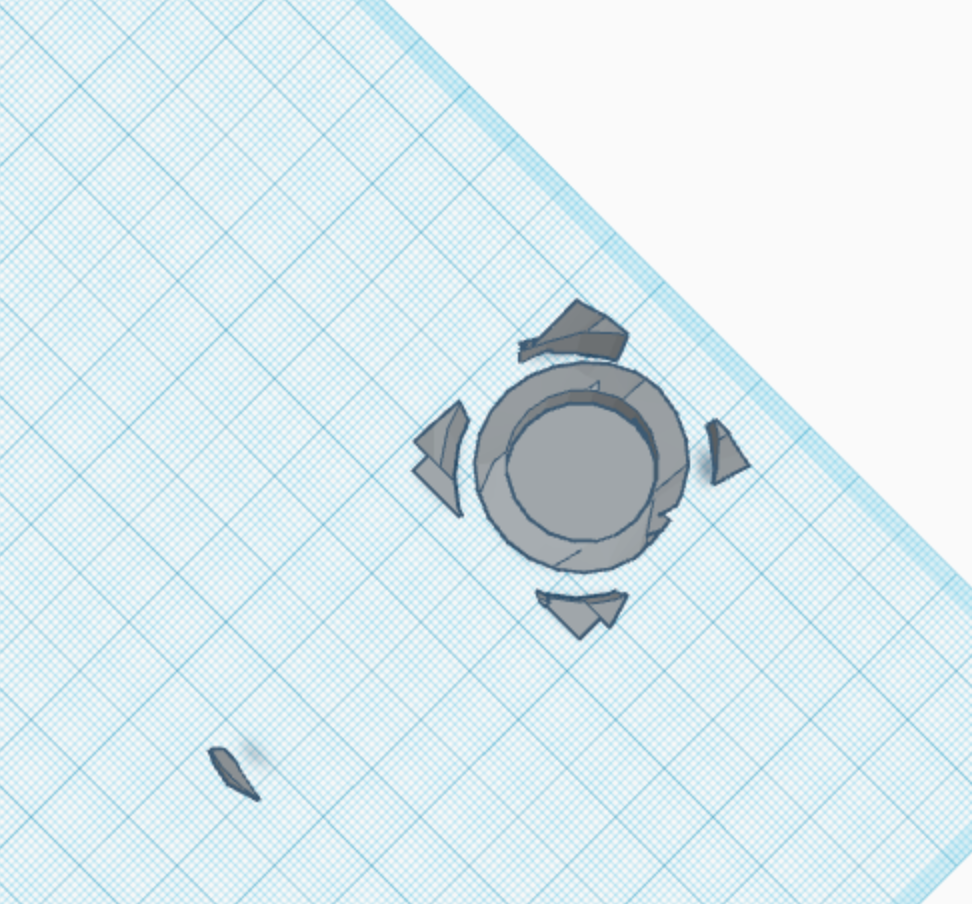
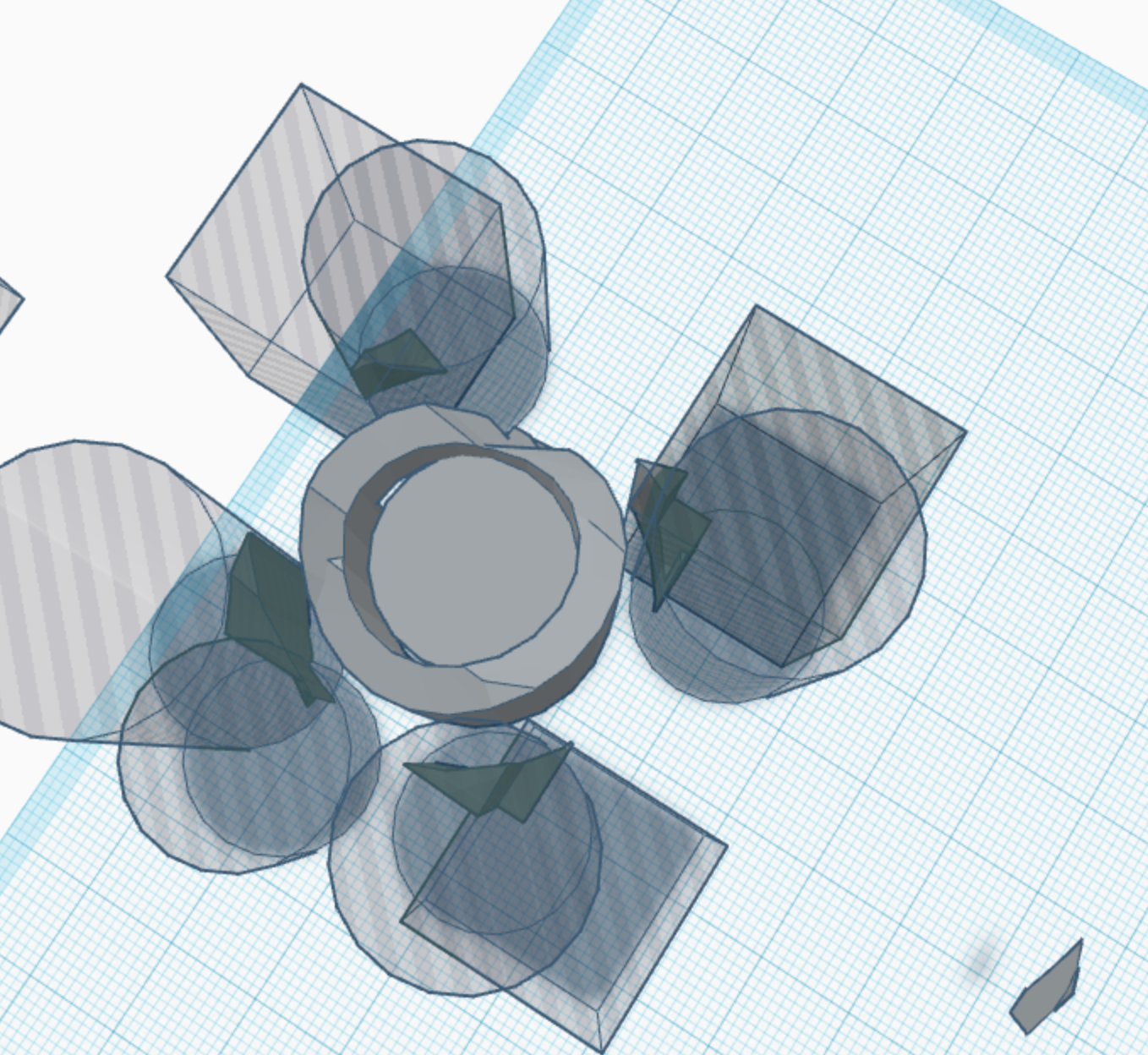
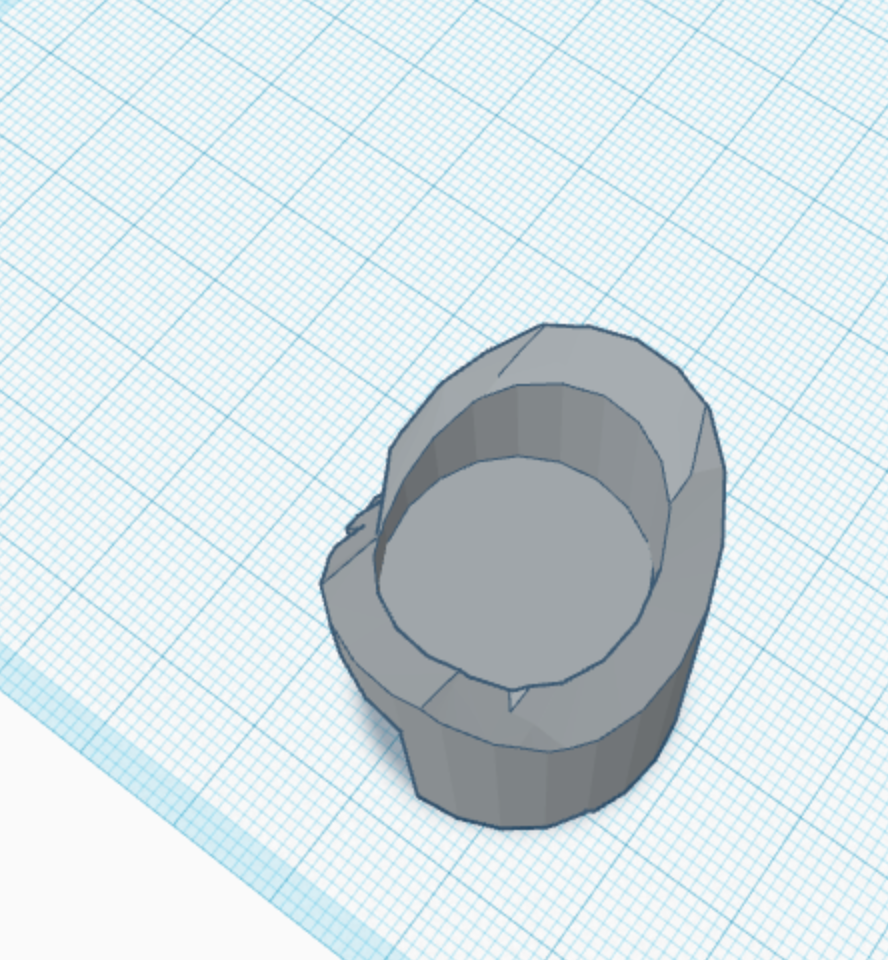
Clear the surrounding rock by using group tool and transparent objects. As shown above, I created several transparent objects, place them on the object i wanted to erase and I used group tool to delete this whole pile.
Adding Final Touch
Check whether the design followed the specifications or not. Make sure to import the design with a appropriate size when printing.